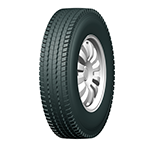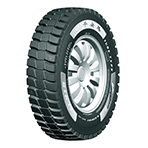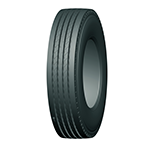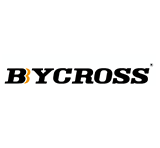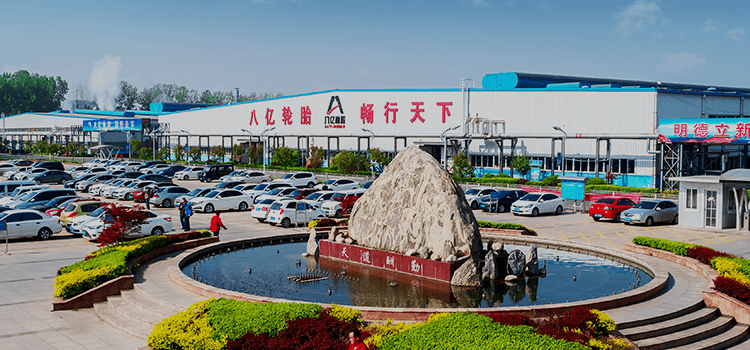Will the run-flat tires really not burst?
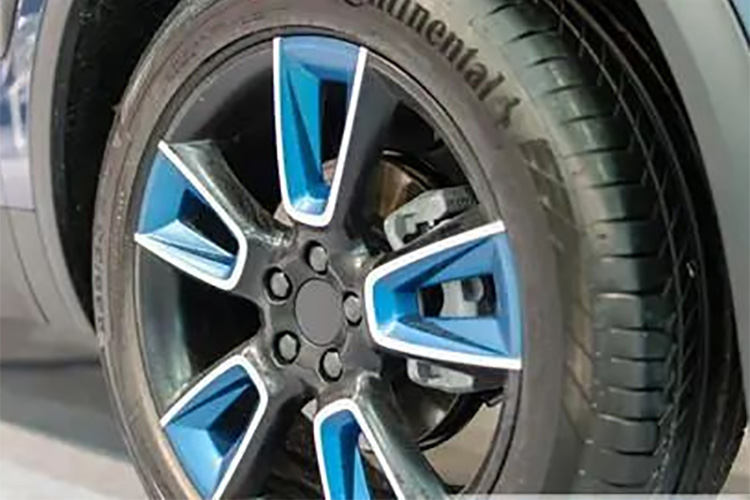
Summer is a frequent occurrence of tire blowouts, so many drivers are trying to extend the use of tires, and replacing run-flat tires is one of the methods.
1. What is a run-flat tire
The scientific name of the run-flat tire is "Run Flat Tire", which is abbreviated as RSC in English. The explosion-proof tire consists of a tire, a common inner tube, a spare inner tube, a steel rim, a gas generator (or air storage cavity), a pressure sensor and a control unit. All tires with the RSC mark are run-flat tires.
2. Does the run-flat tire really not burst?
In fact, it’s not that the tire will blow out, but the probability of a tire blowout is much smaller. Even if the tire is blown out, the flat tire can maintain its original shape and continue to drive. When the air pressure is increased, the driver can be pressed down and deviated to one side, so the driver can control it better. This solves the problem of uncontrollable tire burst when the vehicle is driving at high speed for a moment, and the risk is greatly reduced.
Third, the advantages and disadvantages of run-flat tires
1. Advantages
Explosion-proof tires have thicker sidewalls, and some tough components are added in the manufacturing process. This also makes the wear-resistant tires more excellent, so its service life concept is longer than ordinary tires. And it has a stronger safety factor than ordinary tires. There is no need to attach a spare tire. After detecting a leak, you only need to drive safely to the car repair shop at a slow speed.
2. Disadvantages
The total weight of run-flat tires is large. If the vehicle is equipped with four run-flat tires, it is equivalent to the total weight of one more person; due to the reinforced design of the sidewall, the comfort of the tires will be worse than that of ordinary tires; the repair of run-flat tires is very cumbersome In particular, it is very difficult to remove the tire from the wheel hub. Therefore, at this stage, all the run-flat tires are directly replaced after being punctured, and the use cost is increased.


